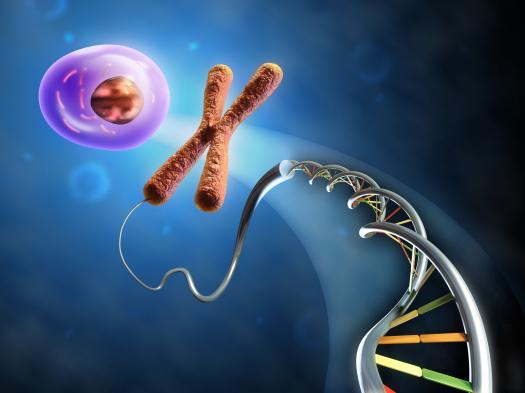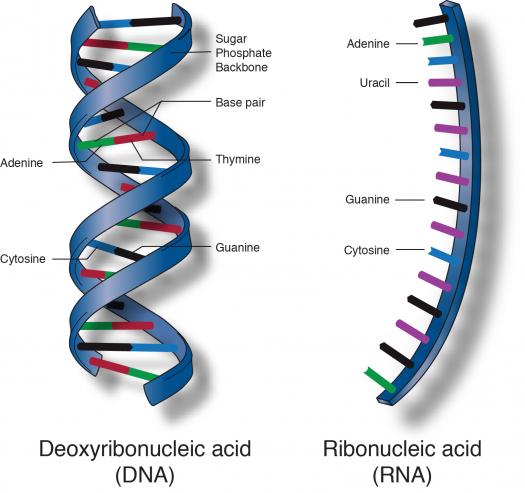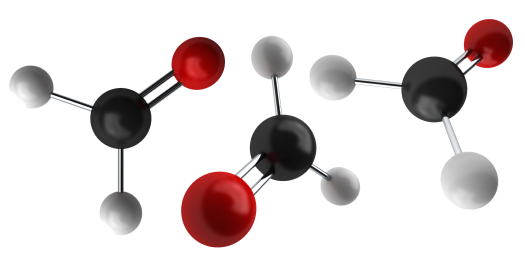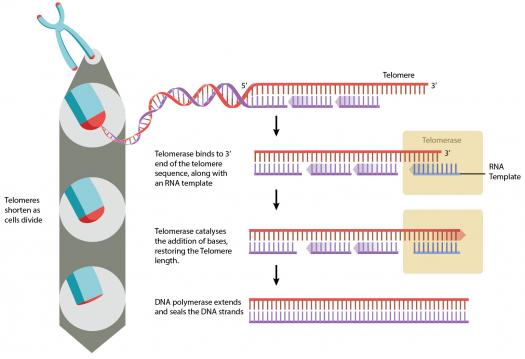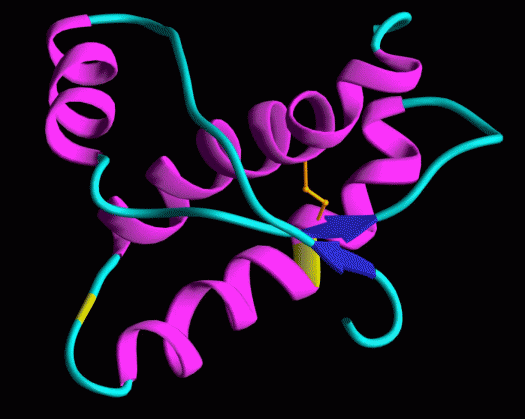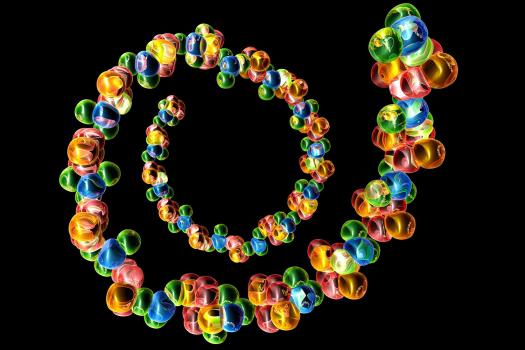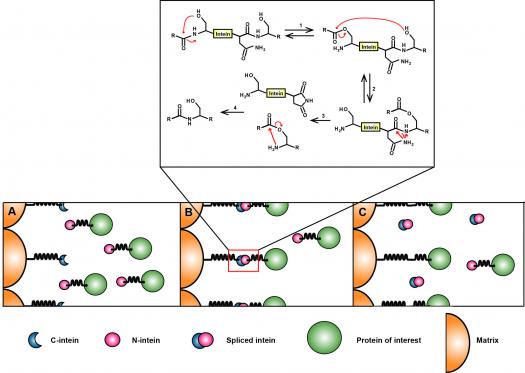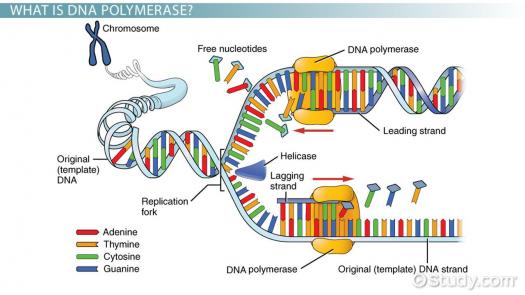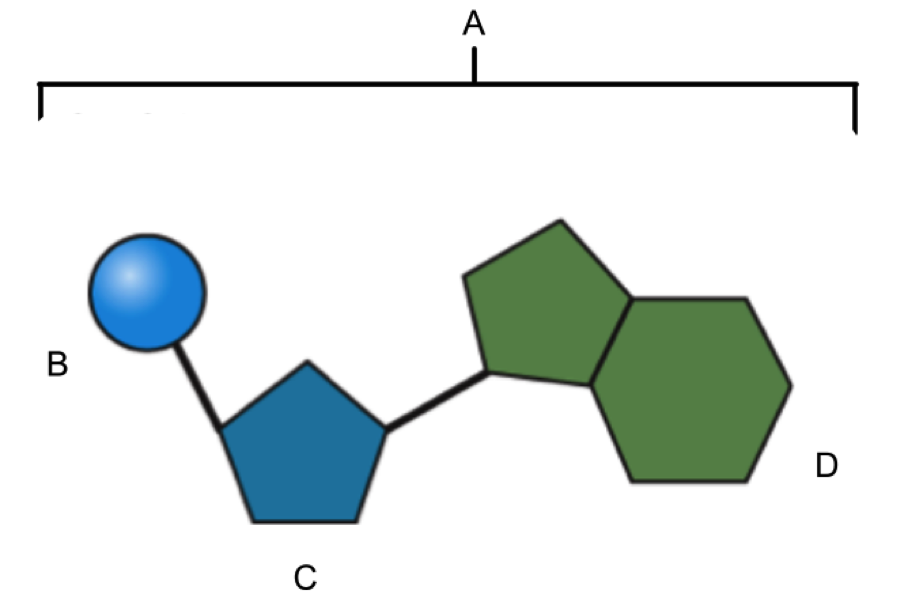How Much Do You Know About The Central Dogma Of Molecular Biology?
-
Complete the following famous quote: DNA makes RNA and RNA makes......
-
H2o
-
Vitamin
-
Protein.
-
Water
-
The central dogma of molecular biology can be defined as an explanation of the flow of genetic information within a biological system, which was introduced in 1958 by Francis Crick. The main argument behind Crick's statement is that "once information has passed into protein it cannot get out again." If you think you know everything about Biology, step up to the challenge and take our quiz now!

Quiz Preview
- 2.
What does the dogma teach you?
-
It describes Biology.
-
It's a framework for understanding the transfer of sequence information between information-carrying bi is a framework for understanding the transfer of sequence information between information-carrying biopolymers, is a framework for understanding the transfer of sequence information between information-carrying biopolymers.
-
It is the core of modern day Biology.
-
It is Biology.
Correct Answer
A. It's a framework for understanding the transfer of sequence information between information-carrying bi is a framework for understanding the transfer of sequence information between information-carrying biopolymers, is a framework for understanding the transfer of sequence information between information-carrying biopolymers.Explanation
The dogma teaches us about the framework for understanding the transfer of sequence information between information-carrying biopolymers. It explains how genetic information is transferred from DNA to RNA and then to proteins, which is essential for understanding the functioning of biological systems. This concept is considered the core of modern-day biology and provides a fundamental understanding of how genetic information is expressed and regulated.Rate this question:
-
- 3.
What is an example of a nucleic acid?
-
DNA
-
Amino acids
-
Fatty acids
-
Citric acid
Correct Answer
A. DNAExplanation
DNA is an example of a nucleic acid because it is a complex molecule that contains genetic information. It is composed of nucleotides, which are made up of a sugar, a phosphate group, and a nitrogenous base. DNA is found in the nucleus of cells and is responsible for transmitting genetic instructions for the development and functioning of living organisms.Rate this question:
-
- 4.
Which one is not a biopolymer?
-
DNA
-
RNA
-
Protein
-
Glucose
Correct Answer
A. GlucoseExplanation
Glucose is not a biopolymer because it is a monomer, not a polymer. Biopolymers are large molecules made up of repeating subunits called monomers, whereas glucose is a simple sugar and does not have a repeating structure. DNA, RNA, and proteins are all examples of biopolymers as they are composed of long chains of nucleotides or amino acids.Rate this question:
-
- 5.
How many classes of biopolymers are there?
-
Two
-
Three
-
Four
-
Five
Correct Answer
A. ThreeExplanation
There are three classes of biopolymers. This means that there are three distinct types of biopolymers that exist. The question does not provide any further details about what these classes are or what they consist of. However, based on the given options and the correct answer, we can conclude that there are three classes of biopolymers.Rate this question:
-
- 6.
Which one is not a DNA replica?
-
A helicase
-
An SSB protein
-
A DNA ligase
-
A tolemere
Correct Answer
A. A tolemereExplanation
A telomere is not a DNA replica. Telomeres are repetitive DNA sequences found at the ends of chromosomes that protect them from degradation and prevent the loss of genetic information during DNA replication. They do not participate in the replication process itself. Helicase, SSB protein, and DNA ligase are all enzymes involved in DNA replication and are responsible for unwinding the DNA strands, stabilizing the single-stranded DNA, and joining the Okazaki fragments respectively.Rate this question:
-
- 7.
What is the definition of Prions?
-
They are neutrons of particular amino acid sequences in particular conformations
-
They are molecules of particular amino acid sequences in particular conformations
-
They are vitamins of particular amino acid sequences in particular conformations
-
They are proteins of particular amino acid sequences in particular conformations.
Correct Answer
A. They are proteins of particular amino acid sequences in particular conformations.Explanation
Prions are proteins that have a specific amino acid sequence and conformation. Unlike other proteins, prions can adopt an abnormal shape that can induce other normal proteins to also adopt the abnormal shape. This abnormal shape can lead to the formation of aggregates in the brain, causing neurodegenerative diseases such as Creutzfeldt-Jakob disease and mad cow disease. Therefore, the correct answer is that prions are proteins of particular amino acid sequences in particular conformations.Rate this question:
-
- 8.
What is an RNA replica?
-
It's the copying of one RNA to another.
-
It's the copying of one RNA to several new ones.
-
It's the copying of one RNA to DNA.
-
It's the copying of one RNA to several DNA.
Correct Answer
A. It's the copying of one RNA to another.Explanation
An RNA replica refers to the process of copying one RNA molecule to another. This means that the genetic information contained in the original RNA molecule is replicated and transferred to a new RNA molecule, resulting in two identical RNA molecules. This process does not involve the copying of RNA to DNA or the creation of multiple RNA or DNA molecules.Rate this question:
-
- 9.
What's the definition of Inteins?
-
They are "parasitic" segments of proteins that are able to excise themselves from the chain of amino acids
-
They are "vitamin" segments of proteins that are able to excise themselves from the chain of amino acids
-
They are "DNA" segments of proteins that are able to excise themselves from the chain of amino acids
-
They are "RNA" segments of proteins that are able to excise themselves from the chain of amino acids
Correct Answer
A. They are "parasitic" segments of proteins that are able to excise themselves from the chain of amino acidsExplanation
Inteins are segments of proteins that have the ability to remove themselves from the chain of amino acids. They are often referred to as "parasitic" because they can disrupt the normal function of the protein they are a part of. Inteins are unique in that they are able to catalyze their own excision from the protein, leaving behind two separate protein fragments. This self-splicing ability makes inteins a fascinating area of study in protein research.Rate this question:
-
- 10.
What does DNA polymerase I do?
-
It reads the existing template chain from its 3' end to its 5' end .
-
It removes the RNA primers and replaces them with DNA.
-
It joins the two Okazaki fragments with phosphodiester bonds to produce a continuous chain.
-
It unwinds the superhelix as well as the double-stranded DNA helix to create a replication fork.
Correct Answer
A. It removes the RNA primers and replaces them with DNA.Explanation
DNA polymerase I is an enzyme involved in DNA replication. It is responsible for removing the RNA primers that are initially synthesized during DNA replication and replacing them with DNA nucleotides. This process is known as primer removal and synthesis. By removing the RNA primers and replacing them with DNA, DNA polymerase I ensures that the newly synthesized DNA strands are complete and ready for further replication and processing.Rate this question:
-
Quiz Review Timeline (Updated): Mar 21, 2023 +
Our quizzes are rigorously reviewed, monitored and continuously updated by our expert board to maintain accuracy, relevance, and timeliness.
-
Current Version
-
Mar 21, 2023Quiz Edited by
ProProfs Editorial Team -
Aug 15, 2017Quiz Created by
Anouchka
Bio 1 - Unit 6B - Central Dogma
This quiz titled 'Bio 1 - Unit 6B - Central Dogma' tests understanding of DNA structure, function, and processes like transcription. It covers complementary bases, DNA helix...
Questions:
27 |
Attempts:
871 |
Last updated:
Feb 18, 2025
|
Unit 3B: DNA And The Central Dogma
Explore the fundamentals of DNA and genetic processes in 'Unit 3B: DNA and the Central Dogma'. This quiz assesses knowledge on DNA structure, complementary base pairing, and the...
Questions:
25 |
Attempts:
4331 |
Last updated:
May 27, 2024
|
Deciphering Genome: Non-Coding RNAs And DNA Regulation Quiz
Welcome to the Non-Coding RNAs and DNA Regulation Quiz! This quiz delves into the fascinating world of non-coding RNAs (ncRNAs) and their pivotal role in regulating DNA processes....
Questions:
10 |
Attempts:
123 |
Last updated:
Feb 22, 2024
|
How Well Do You Know Molecular Biology Techniques?
Welcome to our Molecular Biology Techniques Quiz! Are you ready to delve into the fascinating world of molecular biology? This quiz is designed to challenge your understanding of...
Questions:
15 |
Attempts:
418 |
Last updated:
Feb 14, 2024
|
Fundamentals Of Proteomics Quiz
Take this proteomics quiz to test your knowledge. Proteomics deals with the study of proteins at large scale. Do you know proteomics is a combination of two words, i.e., protein...
Questions:
10 |
Attempts:
301 |
Last updated:
Jan 09, 2023
|
Know About Electrophoresis- The Laboratory Quiz
Electrophoresis is a laboratory technique used to separate DNA, RNA, or protein molecules based on the size and electrical charge. An electric current is used to move around...
Questions:
17 |
Attempts:
1057 |
Last updated:
Mar 22, 2023
|
 Back to top
Back to top



